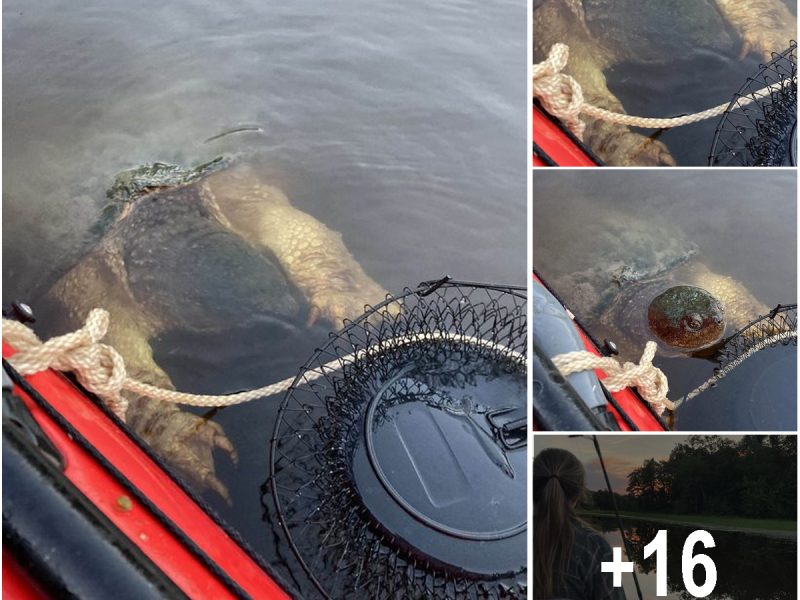In a word, Yes. The Pacific Ocean and the Atlantic Ocean mix. However, it is not as simple as two bodies of water simply blending together. The two oceans have different densities, temperatures, and salinities, which means that their waters do not mix easily. This is especially true in the upper layers of the ocean, where the differences in density are greatest.

At the surface, the Pacific Ocean is generally warmer and less salty than the Atlantic Ocean. This is because the Pacific Ocean receives more sunlight and has a lower rate of evaporation than the Atlantic Ocean. The difference in temperature and salinity between the two oceans creates a barrier that prevents their waters from mixing easily.
However, there are some areas where the Pacific Ocean and the Atlantic Ocean do mix. One such area is the Drake Passage, which is the narrow strait that separates Antarctica from South America. The strong currents in the Drake Passage mix the waters of the Pacific Ocean and the Atlantic Ocean, creating a body of water known as the circumpolar current.
Another area where the Pacific Ocean and the Atlantic Ocean mix is in the Gulf of Mexico. The Mississippi River carries a large amount of sediment and freshwater into the Gulf of Mexico. This freshwater is less dense than the salty water of the Gulf of Mexico, so it floats on top of it. The two layers of water do not mix easily, which is why the Gulf of Mexico has a distinctive brown color.

Here are some of the reasons why the Pacific and Atlantic Oceans mix:
- Currents: The Atlantic and Pacific Oceans are connected by a number of currents, including the Gulf Stream, the North Atlantic Drift, and the Antarctic Circumpolar Current. These currents transport water from one ocean to the other, which helps to mix the waters of the two oceans.
- Tides: The tides also help to mix the waters of the Pacific and Atlantic Oceans. As the tides rise and fall, they stir up the water column, which helps to mix the surface waters with the deeper waters.
- Winds: The winds also play a role in mixing the waters of the Pacific and Atlantic Oceans. The winds cause the surface waters to move, which helps to mix the waters from different areas together.
While the Pacific and Atlantic Oceans do mix, the mixing is not uniform throughout the oceans. The surface waters of the two oceans mix more readily than the deeper waters, due to differences in temperature, salinity, and currents. In some areas, such as the Drake Passage between South America and Antarctica, the two oceans mix more thoroughly due to the strong currents that flow through the passage.

Overall, the Pacific Ocean and the Atlantic Ocean do mix, but it is not as simple as two bodies of water simply blending together. The differences in density, temperature, and salinity between the two oceans create barriers that prevent their waters from mixing easily. However, there are some areas where the two oceans do mix, such as the Drake Passage and the Gulf of Mexico.

